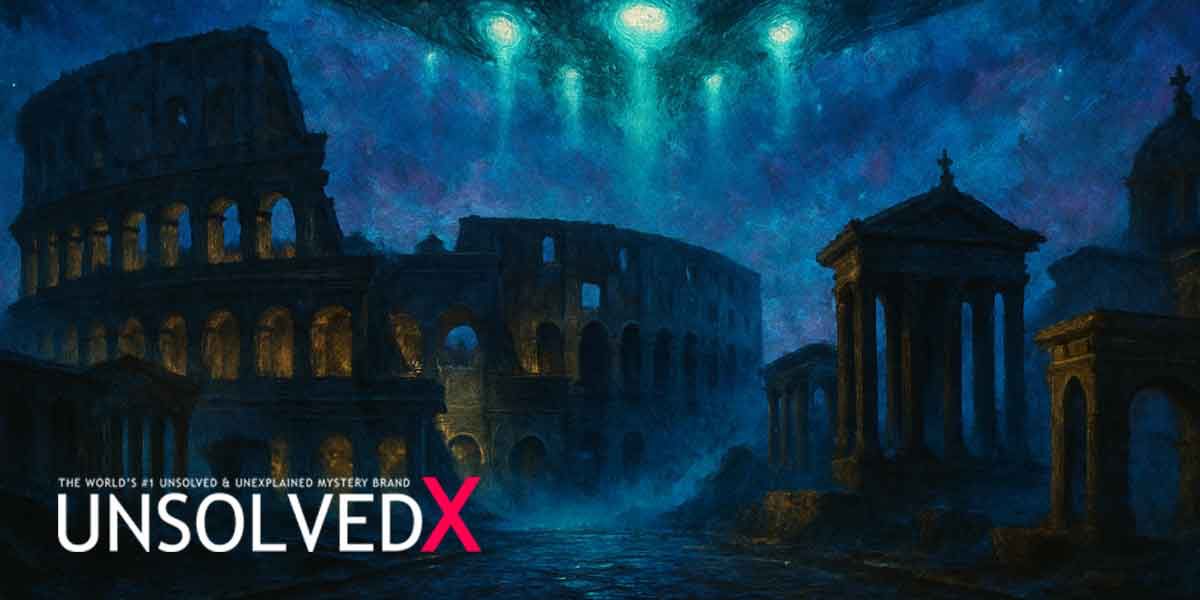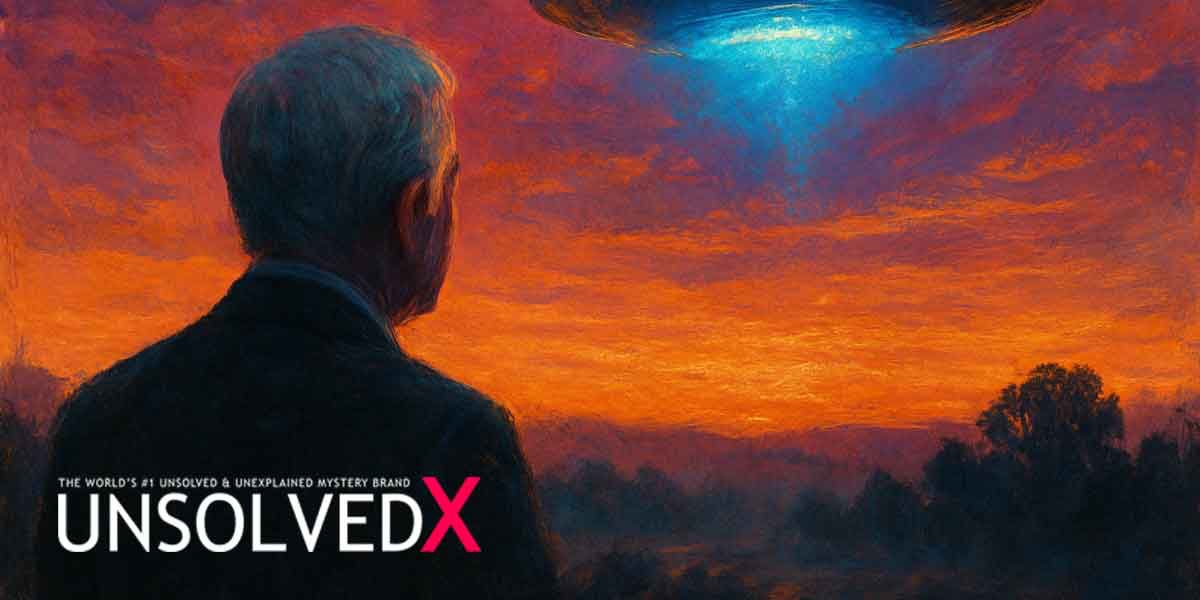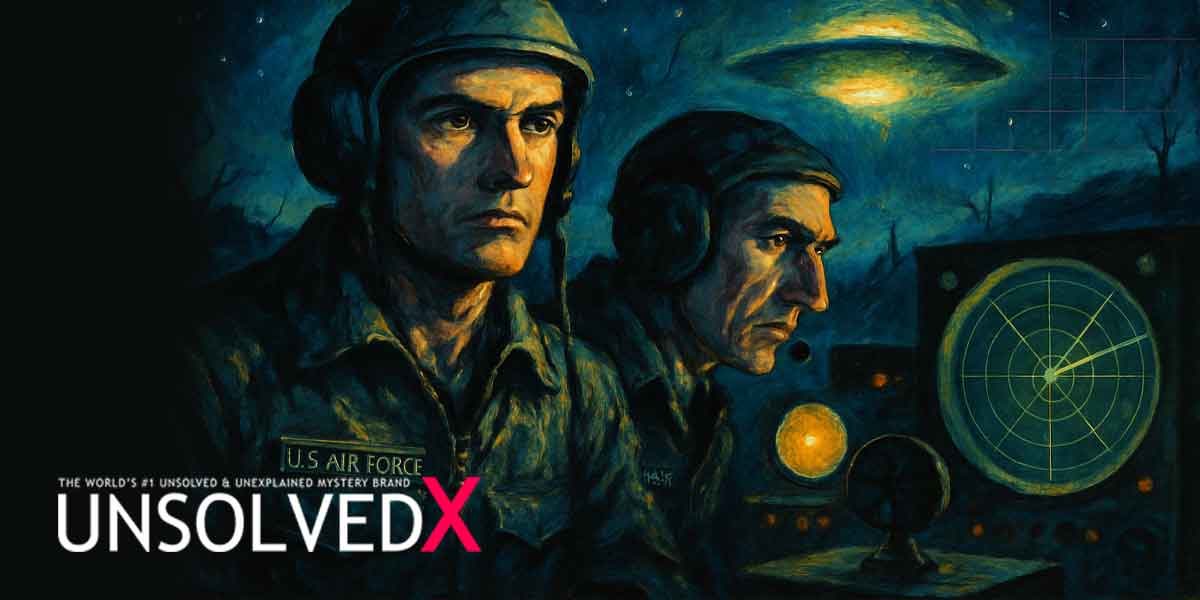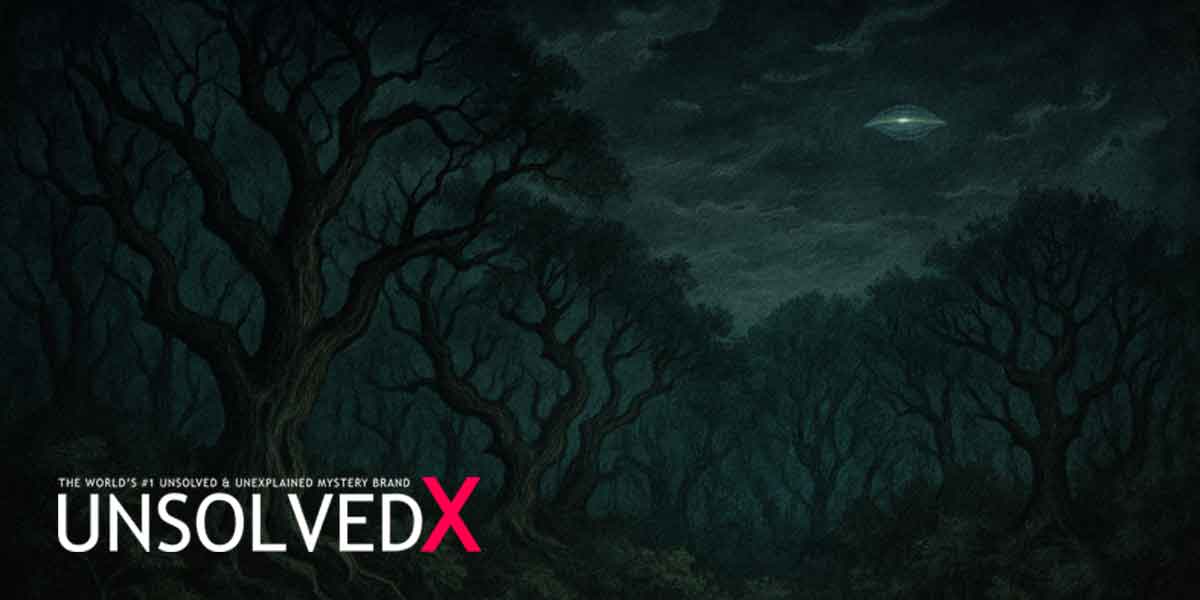Echoes of the Sky: What Did the Romans Witness?
In 218 BC, during the tense early days of the Second Punic War, the Roman historian Livy documented a peculiar event that has puzzled scholars and mystery enthusiasts for centuries. As Hannibal’s forces loomed, threatening the Roman Republic, Livy recorded in his History of Rome that “a spectacle of ships gleamed in the sky” over central Italy. These weren’t earthly vessels but strange, glowing objects that appeared to hover or move through the clouds, defying the understanding of the time. Livy’s account, brief yet vivid, describes these “phantom ships” as a portent, a celestial anomaly that stirred both awe and fear among those who saw it. The timing, coinciding with a period of military crisis, led many Romans to interpret it as a divine omen, possibly signaling the gods’ displeasure or an impending shift in their fortunes.
This sighting wasn’t an isolated incident in ancient records. Similar accounts of unexplained aerial phenomena pepper the annals of classical history, from Plutarch’s description of a “flame-like body” falling between armies in 74 BC to the Tulli Papyrus, which allegedly details a fiery spectacle in the skies over ancient Egypt around 1480 BC. The latter, though controversial due to questions about its authenticity, describes “circles of fire” that moved silently, much like Livy’s ships. These parallels suggest that the Romans of 218 BC were not alone in witnessing phenomena that defied explanation, raising questions about whether these were natural events, misinterpretations, or something truly otherworldly.
Decoding the Mystery: Theories and Context
The “phantom ships” have sparked a range of theories, each attempting to bridge the gap between ancient observation and modern understanding. One possibility is that the Romans witnessed a rare atmospheric phenomenon, such as a mirage or parhelion, where light refracts to create the illusion of objects in the sky. During the Second Punic War, the psychological strain of Hannibal’s advance could have primed observers to see natural events as supernatural signs. Richard Stothers, in his 2007 study published in Unidentified flying objects in classical antiquity, argues that many ancient UFO-like sightings align with known meteorological events like comets or auroras, yet he acknowledges that some, including the 218 BC case, resist easy explanation due to their specific descriptions of structured objects.
Alternatively, some researchers propose a bolder hypothesis: extraterrestrial visitation. The detailed imagery of “ships” suggests a crafted object, not a random light or cloud formation. This idea gains traction when compared to later Roman accounts, such as Cassius Dio’s record of a “silver rain” falling from a clear sky in AD 196, which some interpret as possible extraterrestrial residue. While no definitive evidence supports an alien origin, the consistency of such sightings across cultures— including the Egyptian Tulli Papyrus, which describes multiple objects moving in formation— fuels speculation that ancient peoples encountered phenomena beyond their technological frame of reference.
Lasting Echoes: Why the Phantom Ships Still Captivate
The 218 BC sighting remains one of history’s earliest recorded UFO-like events, its ambiguity fueling its allure. Unlike modern cases with radar data or video footage, we rely solely on Livy’s words, filtered through the lens of Roman culture and wartime anxiety. This scarcity of detail invites endless interpretation, making it a cornerstone for those exploring humanity’s long fascination with the skies. The event’s setting in Rome, a city rich with historical sites, adds to its mystique— visitors to the Roman Forum or Capitoline Hill can stand where ancient witnesses might have gazed upward, pondering the same mystery.
What sets this case apart is its place in a broader tapestry of ancient anomalies. The Tulli Papyrus, for instance, housed in the Vatican’s archives, offers a tantalizing parallel with its account of fiery disks in Egypt’s skies, though its authenticity is debated among Egyptologists. These stories, separated by centuries and cultures, share a common thread: humanity’s urge to make sense of the inexplicable. Whether the phantom ships were optical illusions, divine signs, or something stranger, they remind us that the unknown has always hovered just beyond our grasp, urging us to look up and wonder.










Comments
Comments section coming soon!